forum
library
tutorial
contact

Why Are Thousands of Migratory
Salmon Dying Before They Can Spawn?
by Courtney Sherwood
Christian Science Monitor, July 27, 2015
|
the film forum library tutorial contact |

|
Why Are Thousands of Migratory
by Courtney Sherwood
|
Barely half of all the sockeye salmon migrating up the Columbia River have survived
to reach their spawning grounds this season, amid unseasonal heat
 PORTLAND, ORE. -- Unseasonably hot water has killed nearly half of the sockeye salmon migrating up the Columbia River through Oregon and Washington state, a wildlife official said on Monday.
PORTLAND, ORE. -- Unseasonably hot water has killed nearly half of the sockeye salmon migrating up the Columbia River through Oregon and Washington state, a wildlife official said on Monday.
Only 272,000 out of the more than 507,000 sockeye salmon that have swum between two dams along a stretch of the lower Columbia River have survived the journey, said Oregon Department of Fish and Wildlife fisheries manager John North.
"We've never had mortalities at this scale," said North.
The die-off comes as U.S. West Coast states grapple with drought conditions and the Columbia is seeing the third-highest count of sockeye returning from the ocean to spawn since 1960, federal figures show.
Hot air combined with abnormally low mountain snow melt has increased water temperatures and prompted fishing restrictions and efforts to save beleaguered fish, including trucking salmon to cooler waters.
The Columbia River hit 70 degrees Fahrenheit in mid-June, about a month earlier than usual, and the fish were not able to adjust, North said.
Warm waters are at least partially to blame for more than 400,000 additional salmon deaths this year, hatchery officials say.
The sockeye were counted between the lower Columbia's Bonneville Dam and McNary Dam, about 150 miles upstream, en route to the Snake River tributary.
Snake River sockeye, which lay their eggs in lakes, in 1991 became the first salmon named to the U.S. Endangered Species List.
In 1992, just 15 sockeye were counted passing the Snake River's Lower Granite Dam, and only one, nicknamed "Lonesome Larry" by officials, survived the swim to Idaho's Redfish Lake, where the species historically spawned, North and federal figures show.
Last year, 2,788 sockeye passed Lower Granite Dam, North said, in what some state, federal, and tribal leaders say is a sign that investment in habitat restoration and other fish-boosting efforts were paying off.
But sockeye are especially vulnerable to the warm waters that this year have killed hundreds of other fish and hundreds of thousands of hatchery-spawned salmon, said North. Only 363 have made it past Lower Granite Dam so far this year.
By contrast, North attributed the death of fewer than 2,000 wild Chinook salmon to warm rivers, out of about 109,000 that passed Bonneville Dam.
The sockeye "are not as hardy, and they don't seem to want to pass upstream when water temperatures get too high," North said.
Related Pages:
Biologists Bring Sockeye into Idaho on Trucks to Get Them Out of Hot Water by Rocky Barker, Idaho Statesman, 7/17/15
Sockeye Salmon Suffer Infections in Warm Columbia River System by Rich Landers, Spokesman-Review, 7/17/15
Why Are Thousands of Migratory Salmon Dying Before They Can Spawn? by Associated Press, The Oregonian, 7/18/15
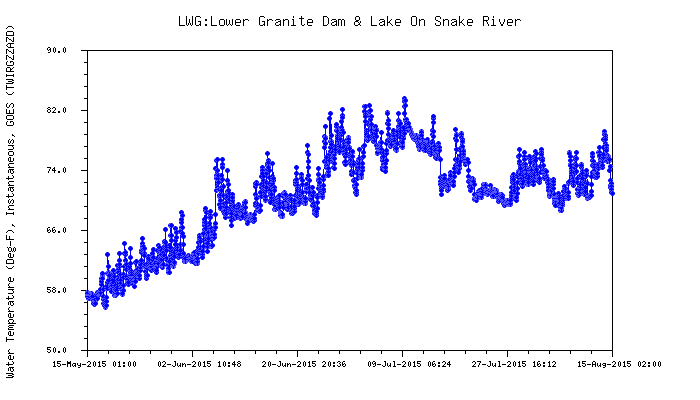
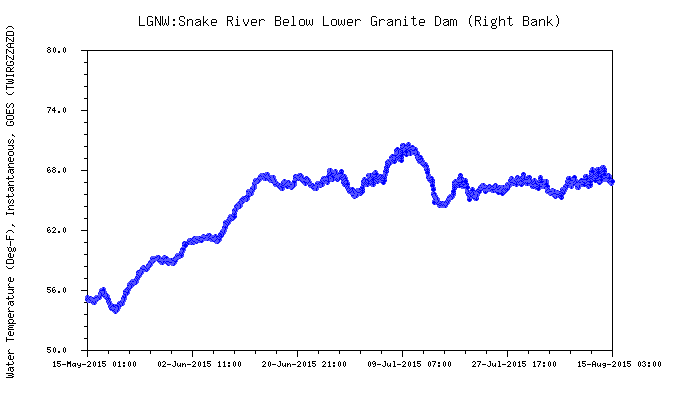
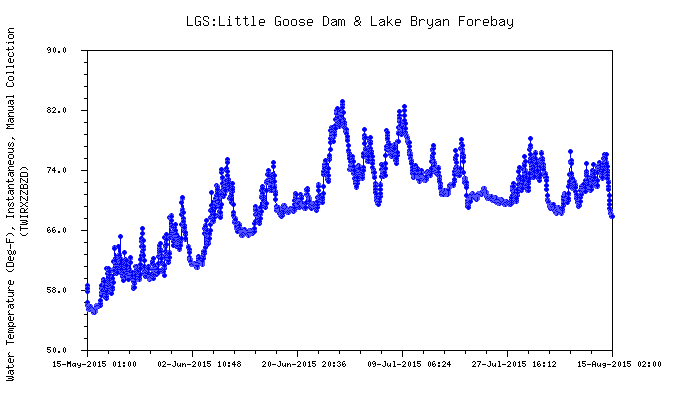
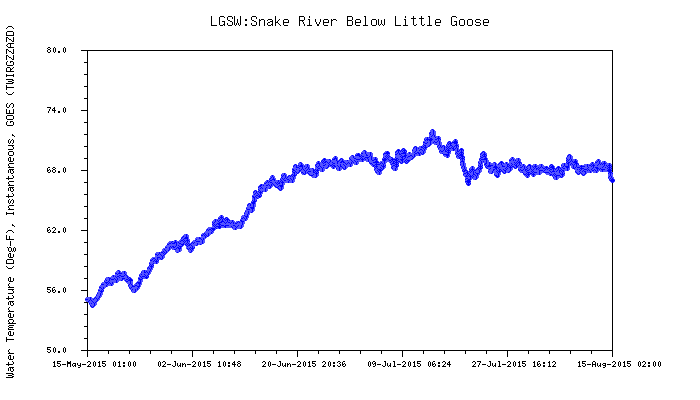
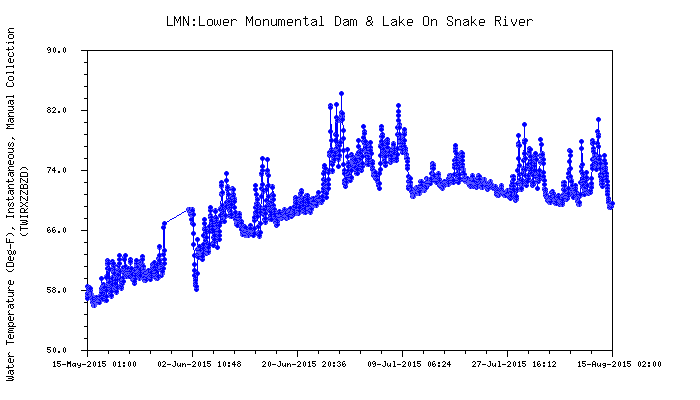
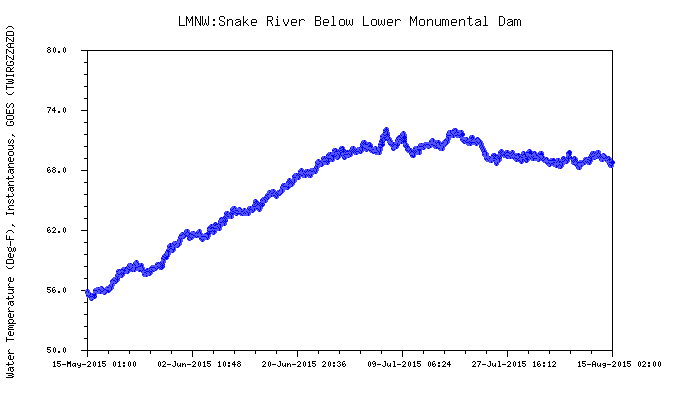


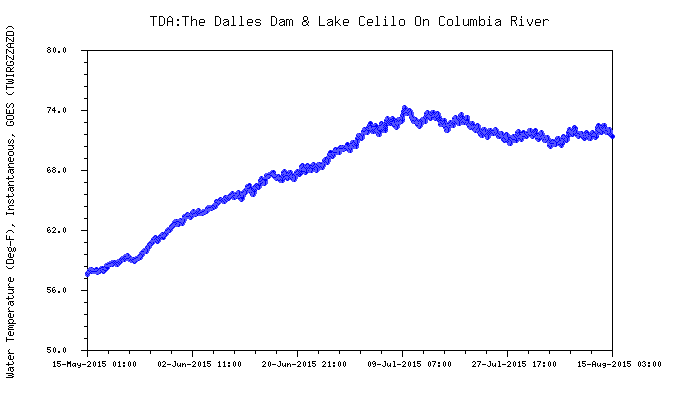
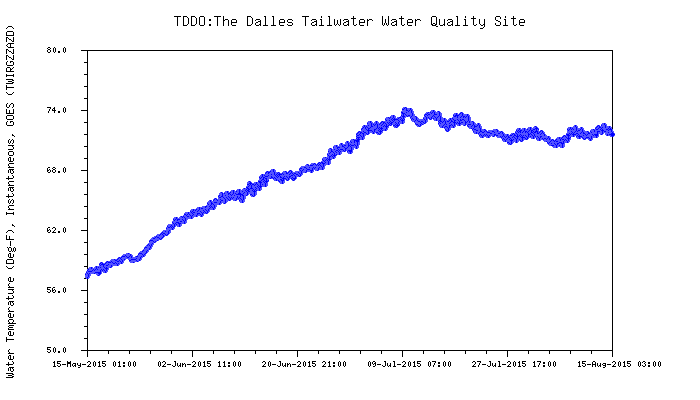
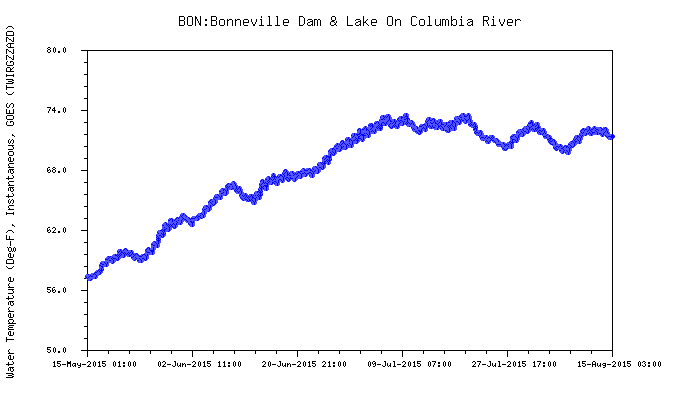
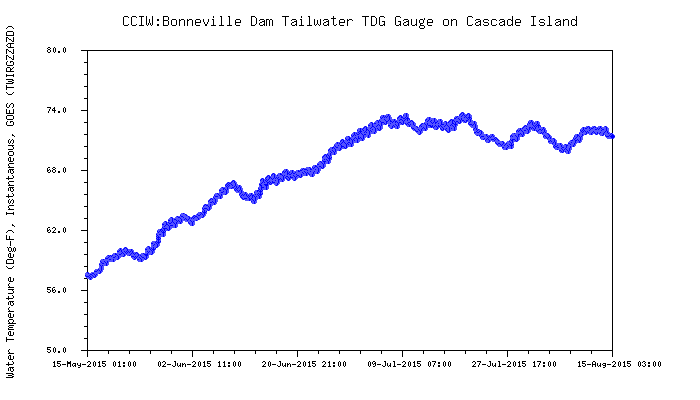
learn more on topics covered in the film
see the video
read the script
learn the songs
discussion forum
